.
Meet the diverse, global teams coming together and thinking differently to take on some of cancer's toughest challenges.



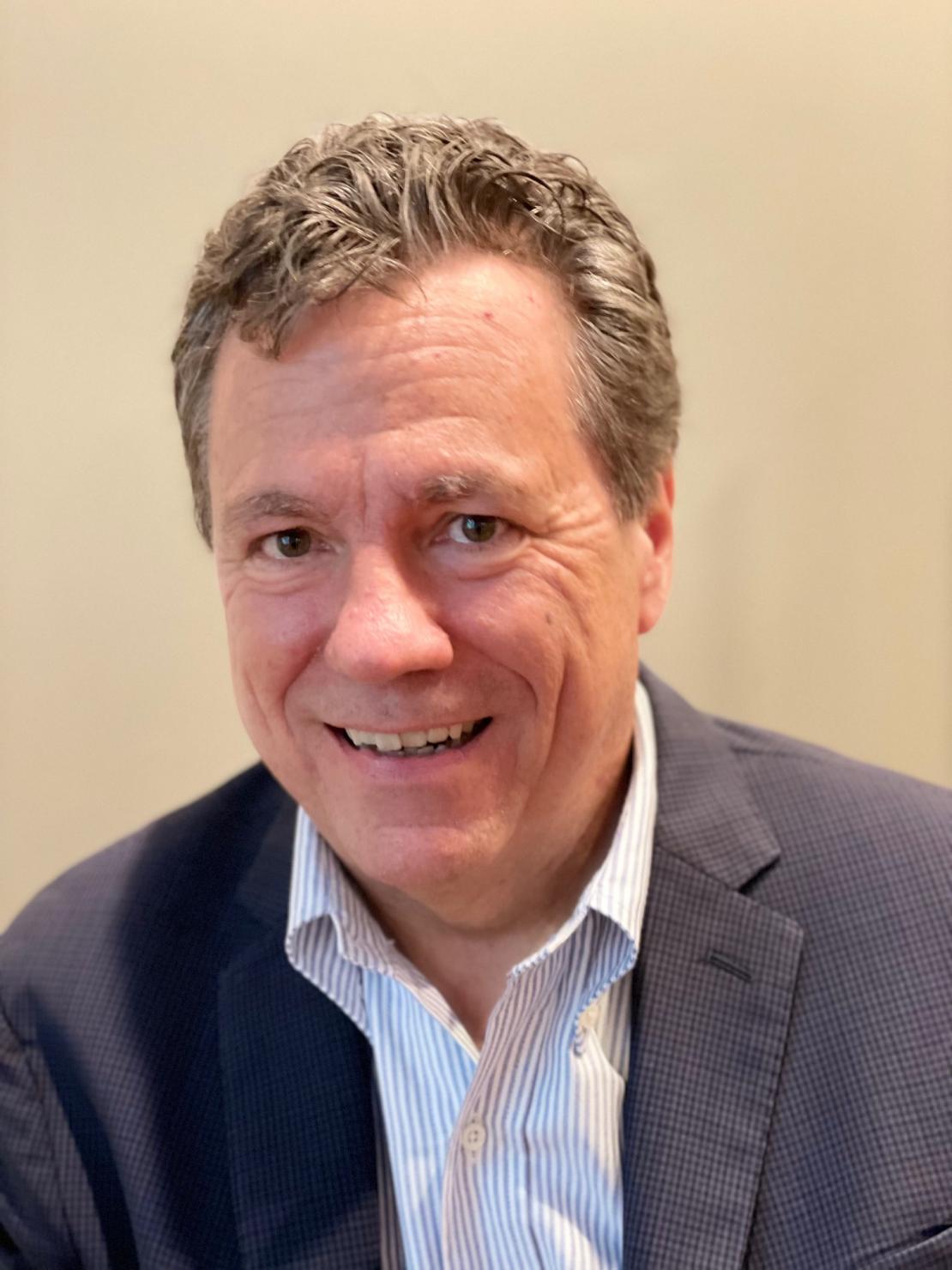
The Challenge
Senescence
The team
T-SMAC
Team lead
Scott Lowe, Manuel Serrano, Jesus Gil
The idea
Improving the mechanistic understanding and detection of senescence to realise its potential in cancer treatment
Countries
4: US, UK, Spain, Germany
Quote
We genuinely believe that, by working together, we will achieve something that would not be accomplished by any of us individually. We’re honoured to be considered in this select group of outstanding finalists.
Longer summary
Proof-of-principle studies suggest modulating senescence could improve treatments for people with cancer – but a number of barriers hinder translation to the clinic.
The T-SMAC team aims to fill critical gaps in our understanding by addressing 3 interlinked pillars of senescence research: its mechanisms, its detection and its modulation, using existing and novel therapies that would be tested clinically. The team is particularly interested in the potential of a ‘one-two punch’ strategy, combining agents that induce senescence with those that eliminate senescent cells.
This diverse team unites world-leaders with rising stars in their respective fields, with complementary expertise ranging from senescence biology and imaging to drug development and clinical trials. By bringing fresh perspectives to the challenge, their sophisticated approach could realise the true potential of senescence – not just for people with cancer, but for associated diseases like arthritis and neurodegeneration, too.
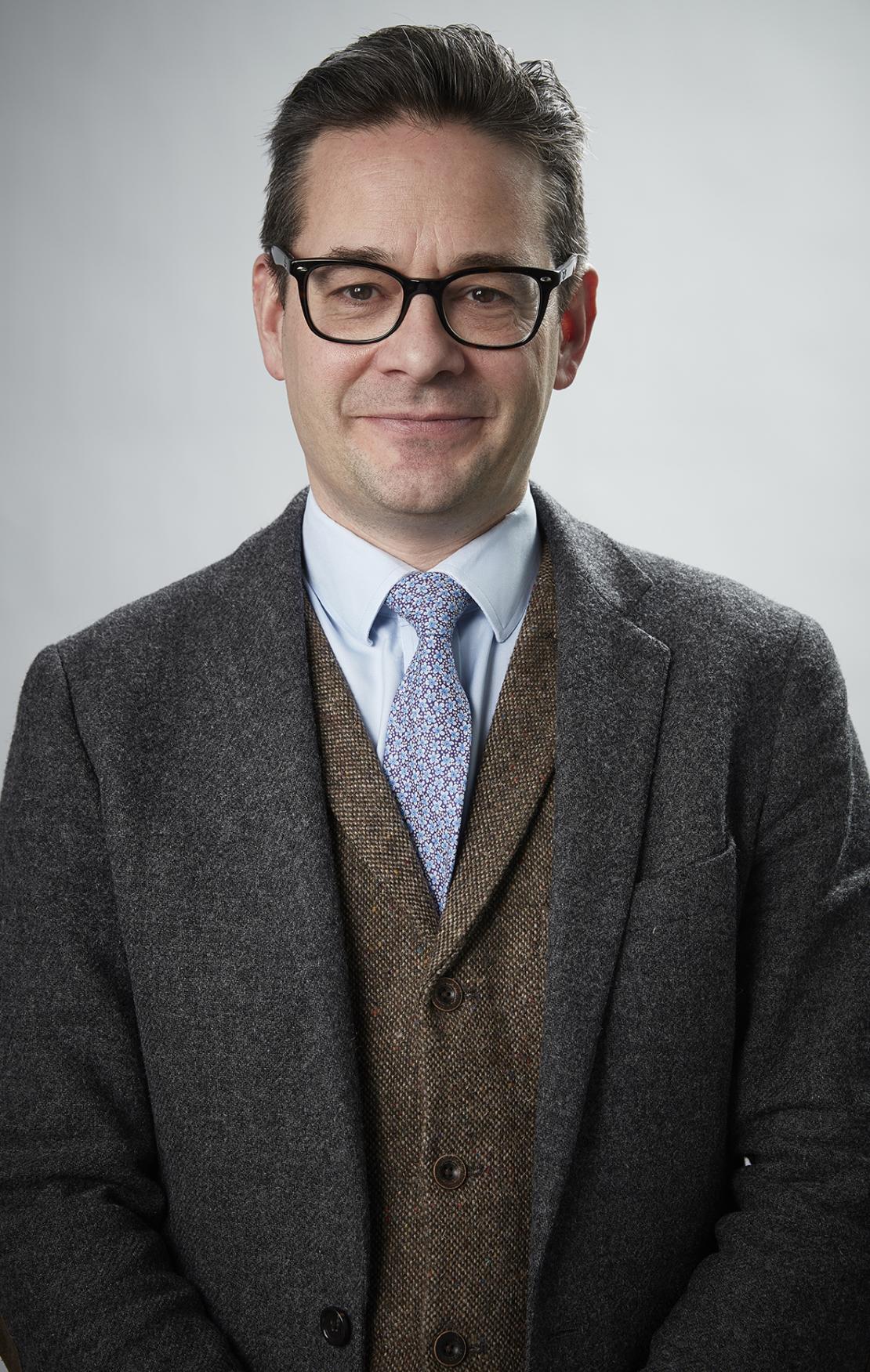
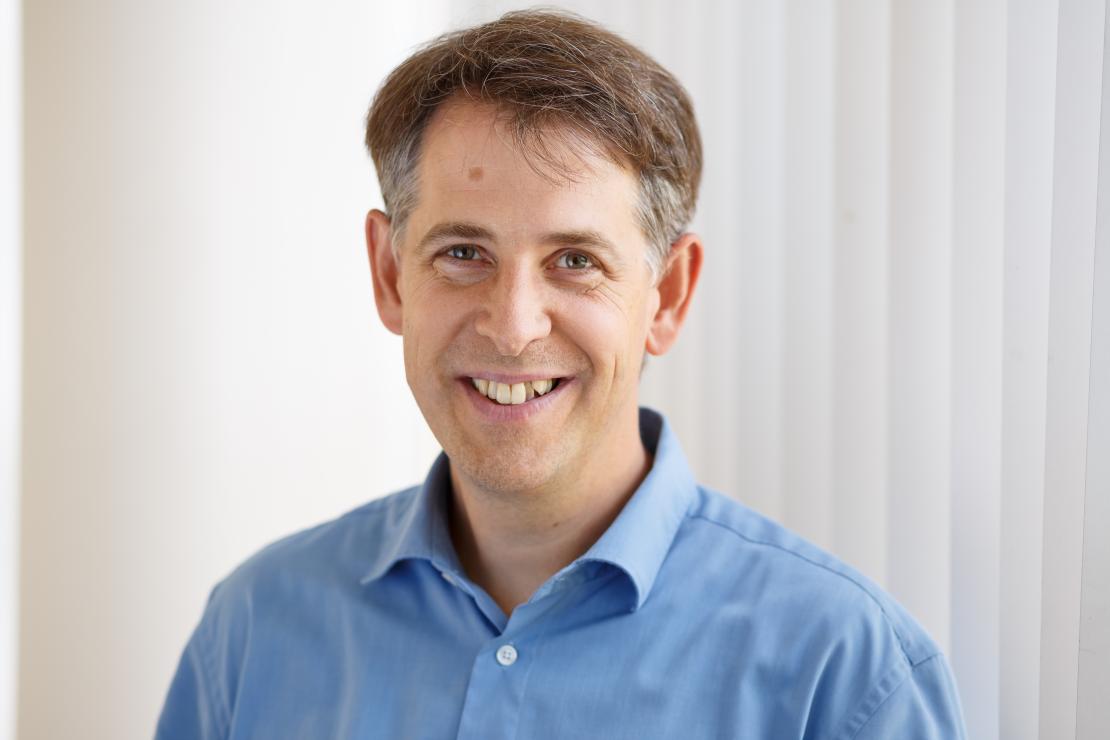

The Challenge
Solid tumours in children
The team
The Virtual Child
Team lead
Stefan Pfister and Richard Gilbertson
The idea
The first ever learning and data-driven computer model of normal and cancerous nervous system development, to support biological and therapeutic discovery
Countries
5: Germany, UK, US, Canada, Netherlands
Quote
Having studied children’s brain tumours for 30 years, we never dreamed we’d be in with a chance to totally change the field.
Longer summary
A number of barriers hinder the development of treatments for childhood tumours of the central and peripheral nervous system: their rarity makes them difficult to study, we need to understand more of their unique biology, and observations in adults do not translate to children.
This innovative team hopes to remove these barriers by building The Virtual Child – the first data-driven computer model of normal and cancerous nervous system development. Open-source and incorporating massive scale multimodal data, this ever-learning model could unlock a deeper understanding of childhood cancer and help to identify and prioritise new treatment avenues by utilising the concept of virtual clinical trials.
Drawing on a unique combination of world-leading skills – including childhood oncology, neural development, evolution and AI – the Virtual Child team brings fresh thinking to childhood cancer research and could transform the way we research these challenging diseases.
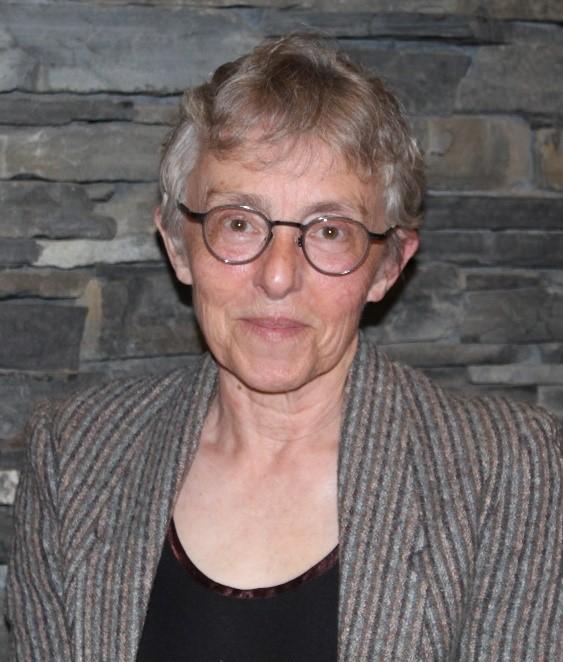
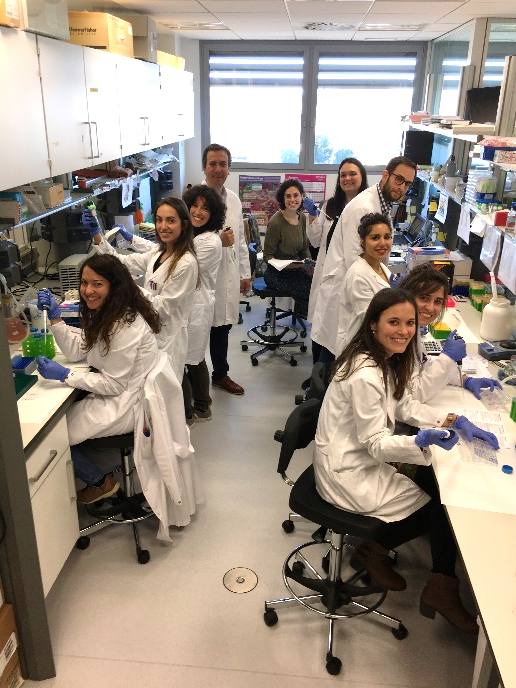
The Challenge
Cachexia
The team
NoMoreCachexia
Team lead
Vickie Baracos
The idea
A systemic view of cachexia to address critical gaps in our understanding and build the pillars of a new era in cachexia research.
Countries
8: Canada, UK, US, Spain, Germany, Norway, Netherlands, Japan
Quote
Cachexia is dauntingly complex. The funding call provoked us to conceptualize beyond our conventional horizons and learn from each other to embrace this complexity.
Longer summary
The deeper we look, the more complex cachexia turns out to be, with widespread perturbations to a range of organs across the body.
The NoMoreCACHEXIA team draws together a unique set of skills and perspectives – across cachexia, neuroscience, cardiology, metabolism, patient experience, and more – to tackle these intersecting perturbations. The team plans to focus their efforts on 3 key themes: cachexia’s mechanisms of action, refining its clinical classification and the development of interventional clinical trials, to address critical gaps in our understanding of the debilitating syndrome.
Uniting a diverse collection of expertise, experience and perspectives, this truly global team is dedicated to a future when there will be NoMoreCACHEXIA.
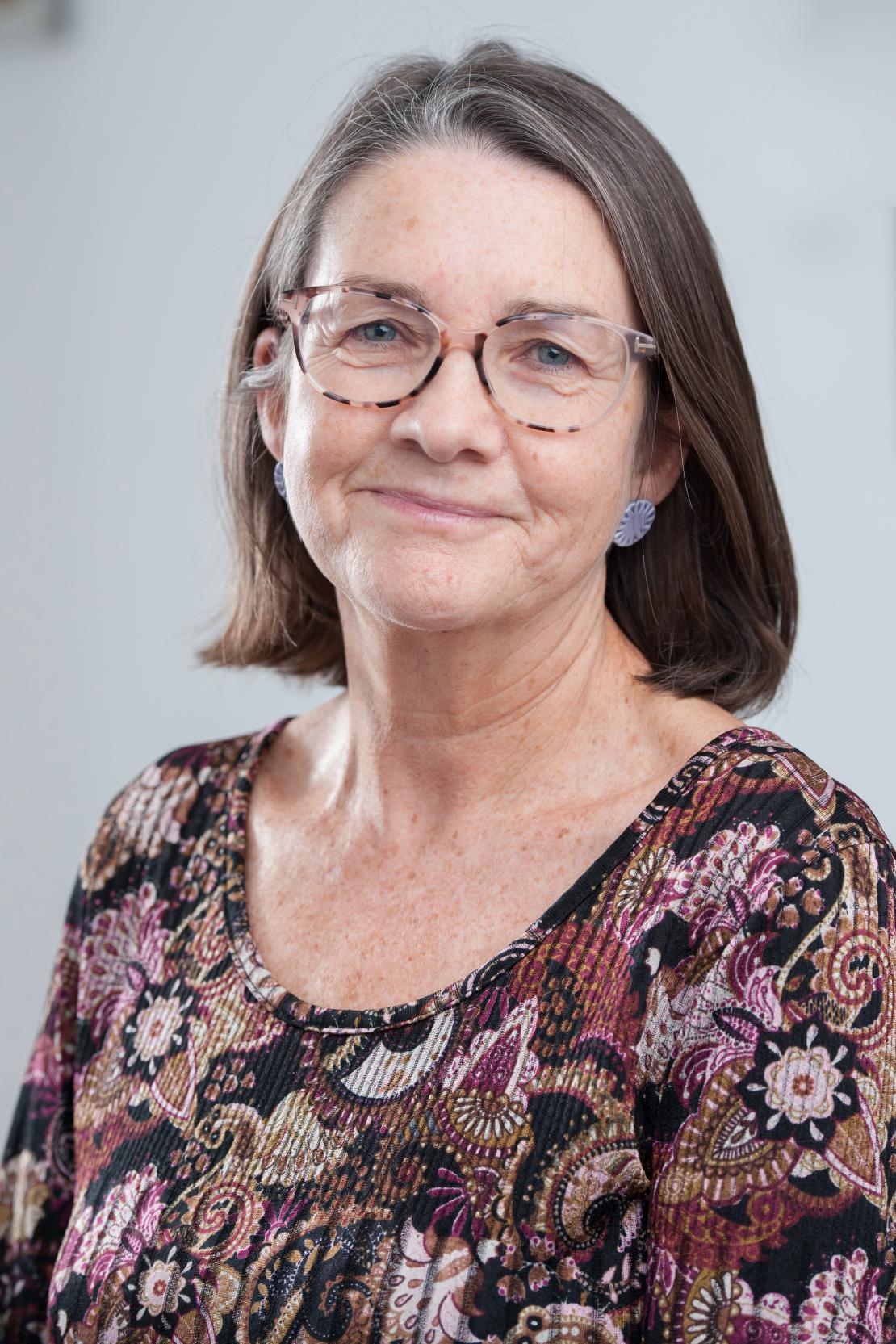
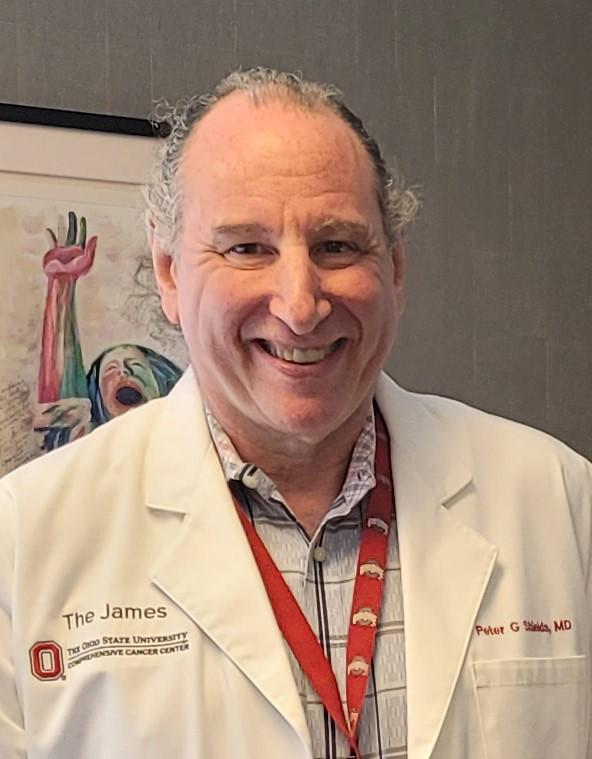
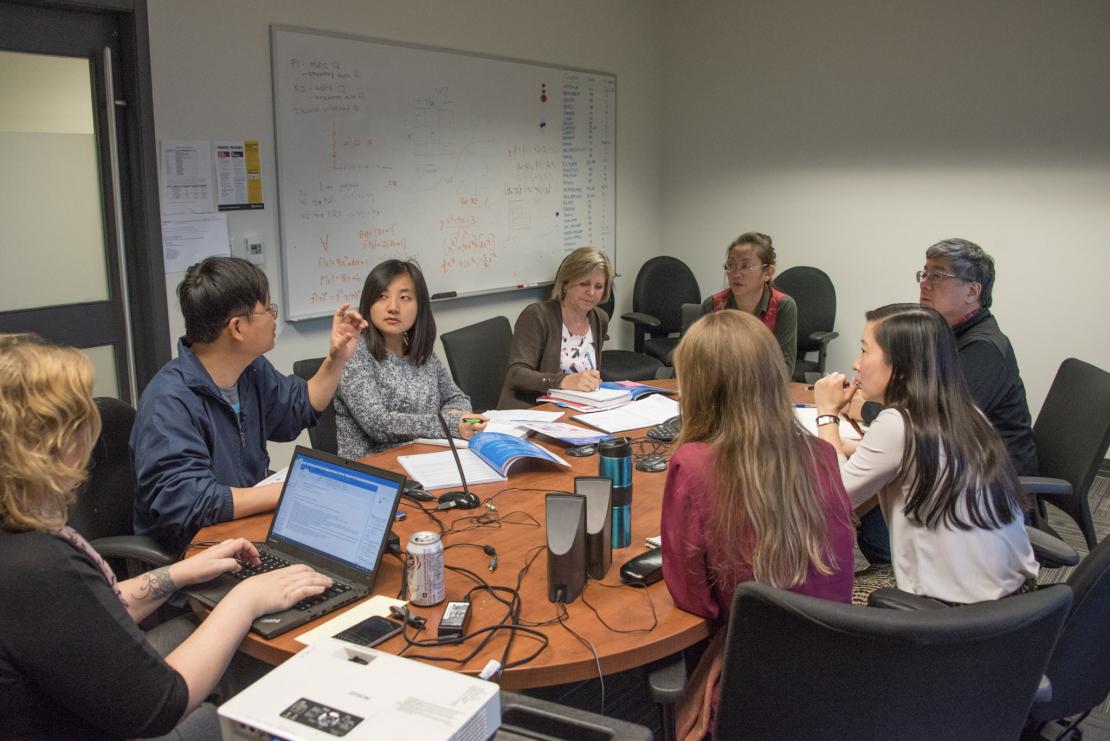
The Challenge
E-Cigarettes
The team
IC-PIECE
Team lead
Ann McNeill and Peter Shields
The idea
A global effort to determine the population impact of e-cigarettes
Countries
UK, US, Australia, Canada, Mexico, Pakistan, New Zealand, and collaborating across Brazil, Germany, Russia
Quote
By bringing together a community of investigators with very different perspectives, who’ve never worked together, we’ve enabled blue-sky thinking and triggered some really creative ideas.
Longer summary
The IC-PIECE team hopes to address a major barrier to e-cigarette research: the need for additional rigorous, multidisciplinary studies to generate high quality international data sets. By establishing necessary research tools and sustainable infrastructure, including a novel tracking app to develop an international cohort of people with different vaping and smoking histories, they plan to investigate the population impact of e-cigarettes – from their use in smoking cessation to health outcomes and even their influence on climate and the economy.
Different countries vary widely in their response to e-cigarettes, from outright bans to encouraging their use for smoking cessation. This ambitious team plans to collaborate across 10 countries with divergent approaches to e-cigarette regulation – which will be key when assessing their impact on different societies. With expertise ranging from tobacco control and addiction to behaviour and public health, IC-PIECE hopes to support world-wide population health by better informing the global regulation of these devices.
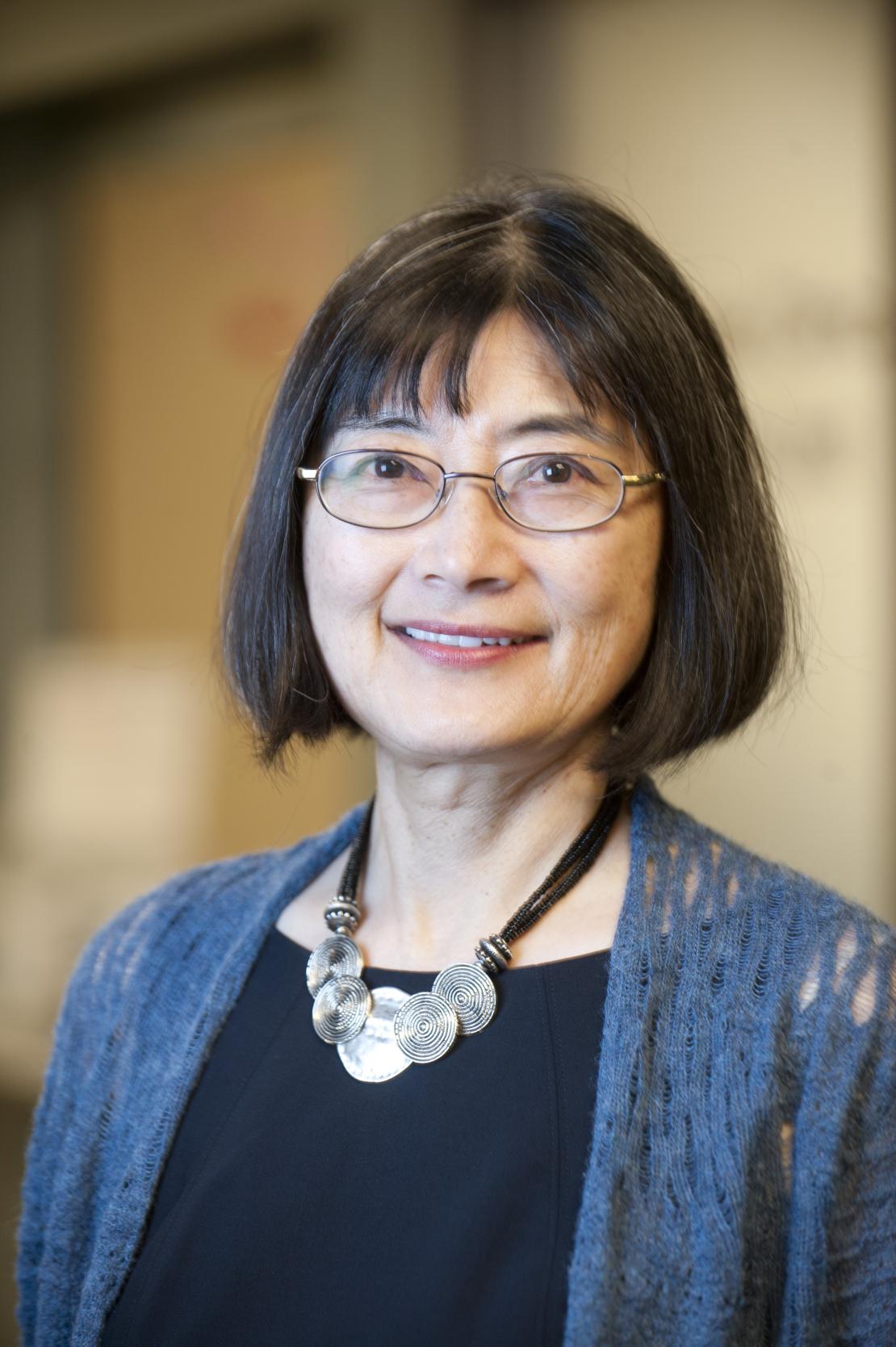
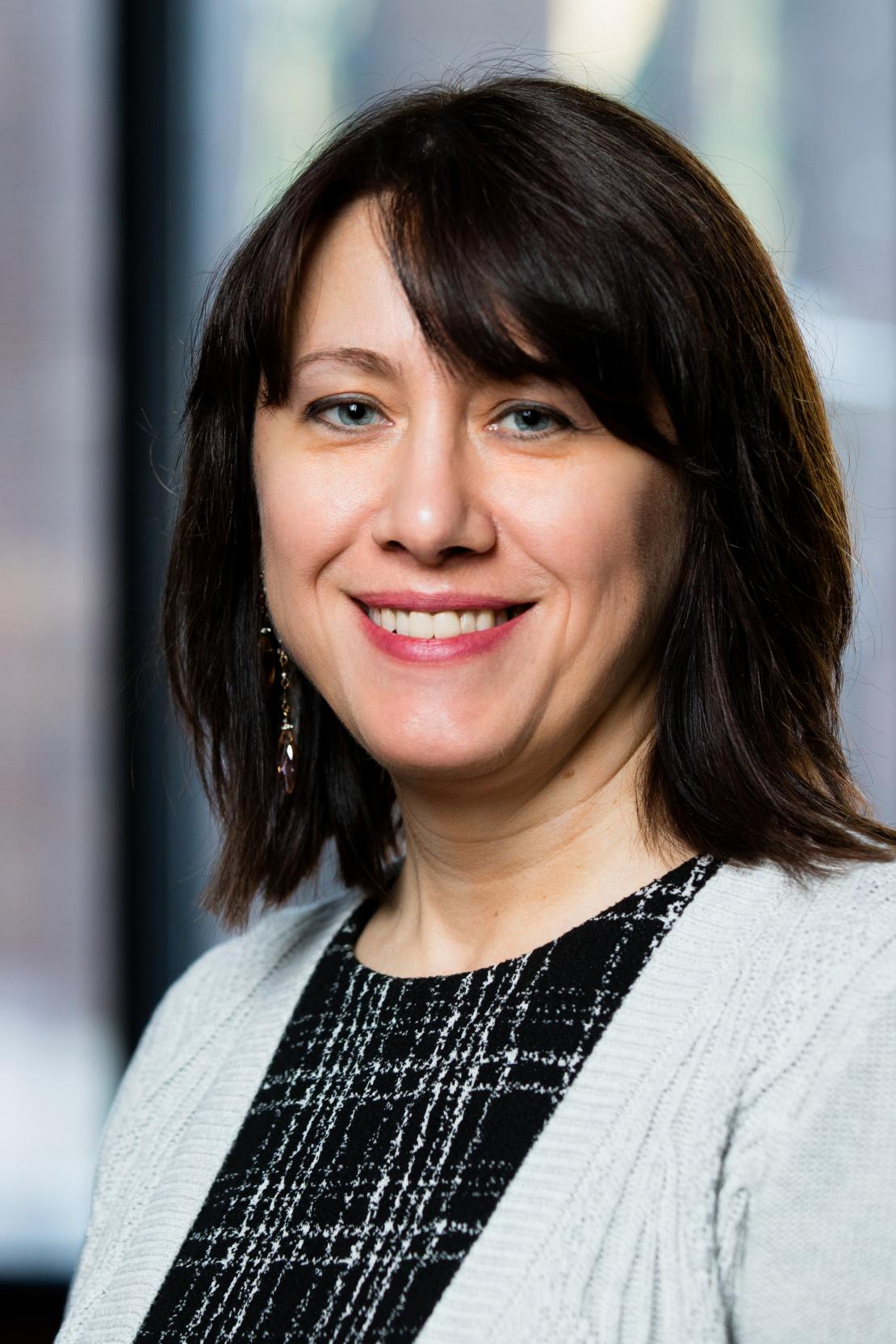
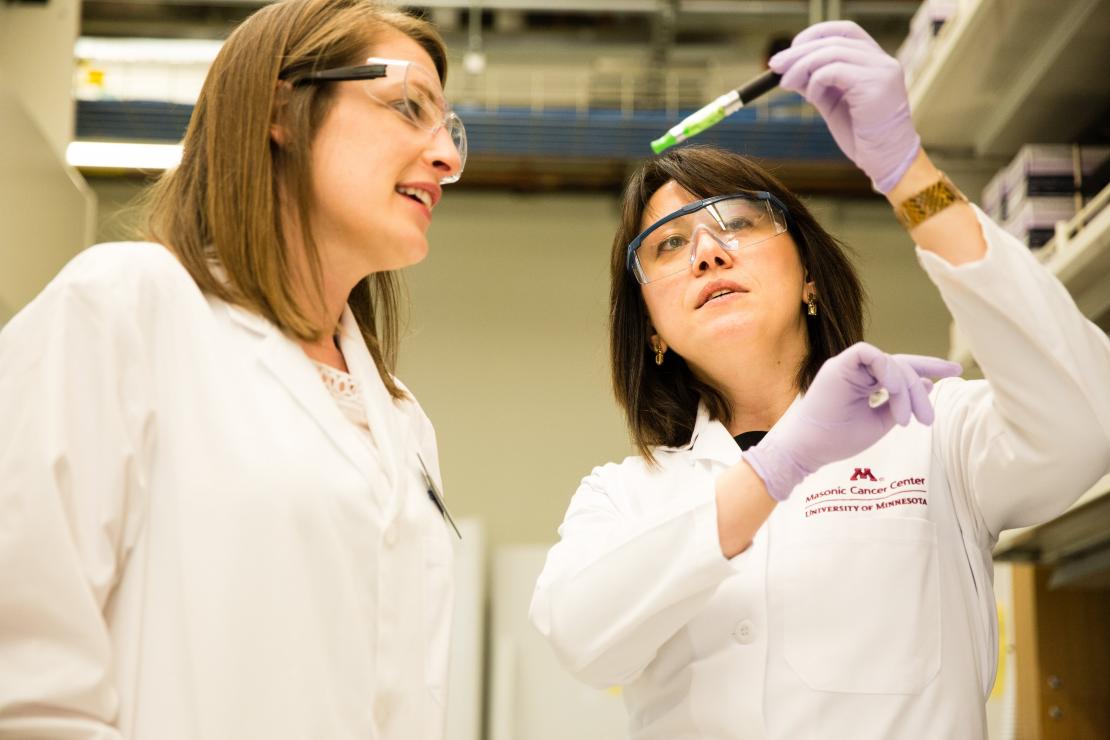
The Challenge
E-Cigarettes
The team
MCENDS
Team lead
Dorothy Hatsukami and Irina Stepanov
The idea
A new global consortium to understand the potential risks and benefits of e-cigarettes to inform international tobacco control stakeholders on the impact of their use
Countries
7: US, New Zealand, South Africa, Netherlands, Mexico, Malaysia, Lebanon
Quote
Cancer Grand Challenges has enabled us to think big, creatively, and beyond conventional methods of conducting science. There’s also a sense of responsibility and determination to roll up our sleeves and focus on developing a research plan to implement this vision.
Longer summary
What are the short- and long-term health outcomes of e-cigarette use in people with different smoking histories? How do characteristics like nicotine content and flavour intersect with behavioural support to enable smokers to switch to using e-cigarettes? And what is the health impact of using these devices?
These are some of the questions the MCENDS team hopes to address, through a number of first-of-their-kind studies, including large, global clinical trials and longitudinal cohort studies investigating e-cigarettes. The team also plans to explore whether it’s possible to predict risk of specific health outcomes, such as cancer or respiratory or cardiovascular disease, with detectable signatures like exhaled ‘breathprints’.
Spanning a remarkable 6 continents, this diverse team unites a broad range of specialisms, from leaders in clinical trials of tobacco use, cancer risk and respiratory and cardiovascular disease to experts in the microbiome, toxicology and computational modelling, to unravel the potential risks and benefits of e-cigarette use.


The Challenge
Inflammation
The team
TERRIFIC
Team lead
Ron Evans
The idea
Reframing inflammation-associated cancers as hacked versions of the body’s wound repair systems
Countries
2: US, UK
Quote
Major advances come from out-of-the-box thinking. Cancer Grand Challenges has given us the courage to take the lid off the box and bring together complementary expertise from diverse fields to address this daunting challenge.
Longer summary
The TERRIFIC team’s central hypothesis is that cancers are pathologically-hacked versions of the body’s natural wound repair programs. The way these programs rebuild organs and tissue after injury is well described – requiring complex, dynamic and tissue-specific inflammatory interactions between damaged cells and their environment. But how local inflammation promotes cancer remains poorly understood.
TERRIFIC seeks to unravel how inflammatory and regenerative processes converge to establish conditions conducive to tumour growth, looking closely at the collective contributions of local inflammation and immunity and cancer risk factors obesity and circadian disruption. They also seek to decipher how normal regenerative inflammation resolves, and why this fails in cancer.
With expertise ranging from cancer biology, immunology and inflammatory disease to metabolism and big data integration, this stellar team’s novel approach could uncover entirely new ways to prevent and treat cancer.
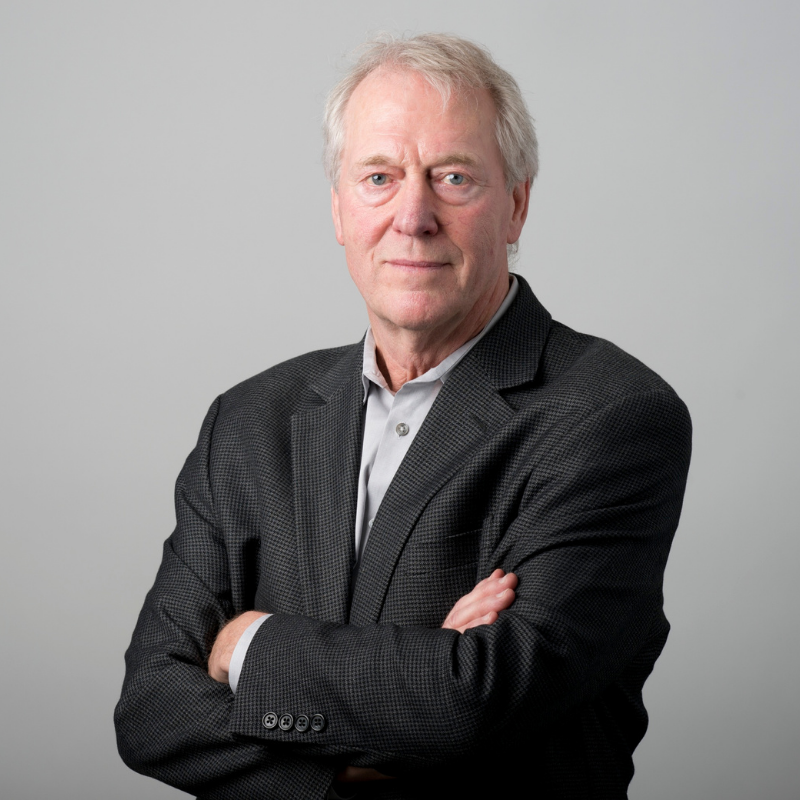
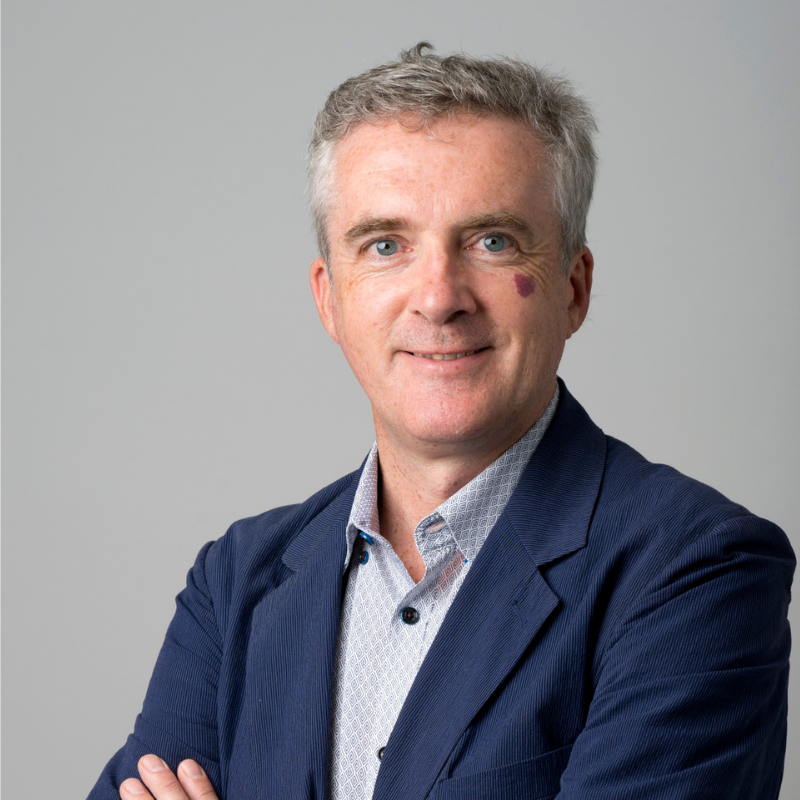
The Challenge
Normal Phenotypes
The team
PROMINENT
Team lead
Allan Balmain and Paul Brennan
The idea
Discovering the molecular signatures of cancer promotion to inform prevention
Countries
4: US, France, Sweden, Spain
Quote
The first steps in stopping cancer before it starts are to understand where tumours come from, and to identify the forces that shape their evolution. If PROMINENT is funded, our approach will take significant steps in these directions.
Longer summary
Recent paradigm-shifting findings from the Cancer Grand Challenges Mutographs team show how some carcinogens cause cancer without directly damaging DNA. But how do these and other factors, like underlying oncogenic mutations, contribute to a cell’s tipping point to tumorigenesis? And what was keeping these cells phenotypically normal?
The PROMINENT team hopes to build on this major discovery with a roadmap of early tumour development, from a mutated but phenotypically normal cell, through the tumour promoting event that triggers its progression to malignancy. Centring on a unique collection of thousands of human samples from more than 20 countries, including regions of both high and low cancer risk, PROMINENT unites world-leaders in cancer epidemiology and intervention with experts in imaging, mouse models and organoid culture – hoping to find new, informed ways to stop cancer before it starts.
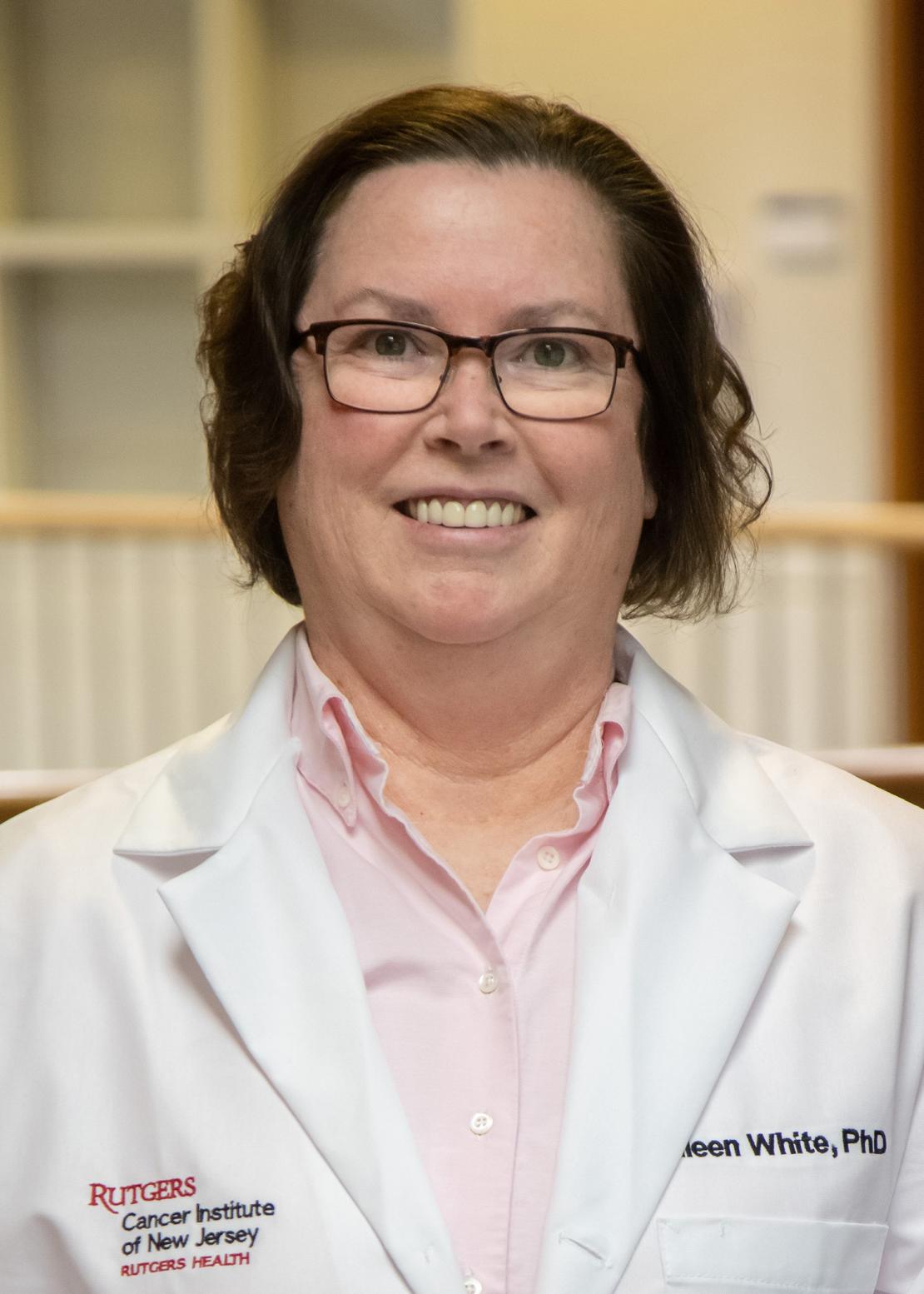
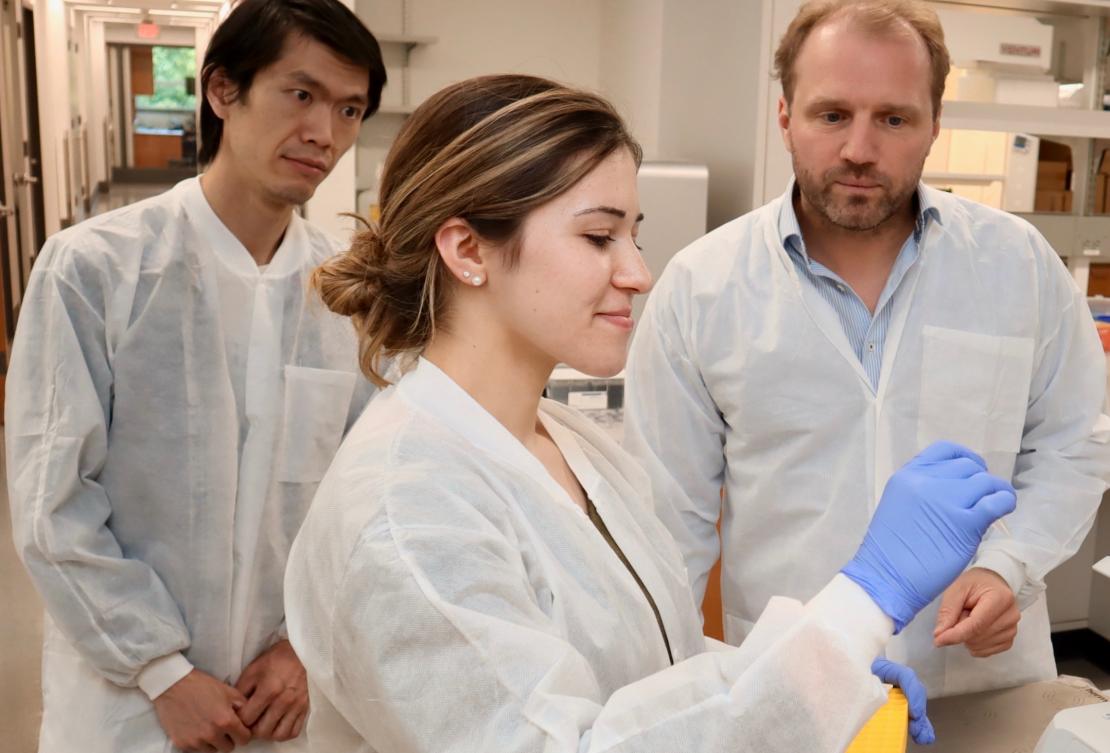
The Challenge
Cachexia
The team
CANCAN
Team lead
Eileen White
The idea
Exploring cachexia as a tumour-driven syndrome
Countries
2: US, UK
Quote
We are thrilled to have the opportunity to coalesce our group of investigators and bring new ideas and approaches to this critical unmet medical need.
Longer summary
While fruitful, cancer cachexia research to date has yielded no effective therapies. The CANCAN team plans to take a new approach, guided by their central hypothesis: that cachexia is driven by the tumour itself, activating neurohormonal sickness pathways that lead to anorexia, metabolic dysfunction and tissue wasting. Their intriguing avenues of exploration include the systemic metabolic imbalance between tumour and host, the role of inflammation in controlling appetite and the potential of dietary and pharmacological interventions.
Cachexia touches on nearly every system in the body, and the CANCAN team comprises a diverse range of expertise to reflect this, including cancer, metabolism, neuroendocrinology, immunology and more. By getting to the bottom of cancer cachexia, the team hopes to provide the benchmark for care around the world.
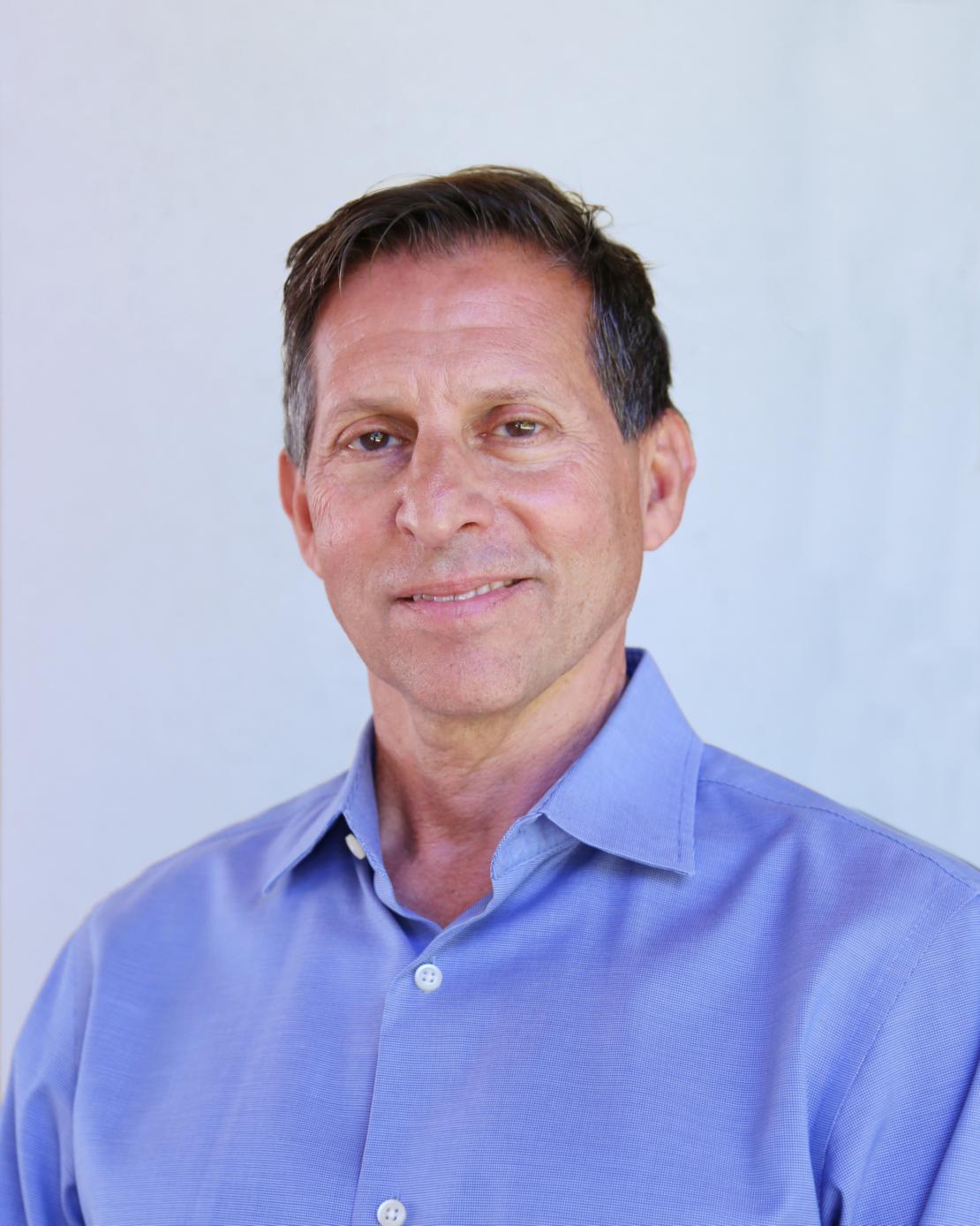


The Challenge
Extrachromosomal DNA
The team
eDyNAmiC
Team lead
Paul Mischel
The idea
Understanding the biology of ecDNA generation and action, and developing new ways to target these mechanisms in cancer
Countries
3: US, UK, Germany
Quote
The initiative’s bold, aspirational and interdisciplinary nature has given us an unparalleled opportunity to come together to unlock untapped synergies, hoping to move from incremental to transformational science.
Longer summary
EcDNA doesn’t follow the rules of normal chromosomes, providing tumours a way to evolve and change their genomes to evade treatment.
We know relatively little about this substantial clinical problem – something the eDyNAmIc team plans to address by bringing new perspectives, unusual collaborations and innovative technologies to the challenge. Using a range of model systems, from yeast to human samples, the team hopes to establish the fundamental mechanisms involved in ecDNA generation, function and maintenance, and its role in tumour evolution and therapy resistance, to identify vulnerabilities that could be exploited for treatment.
By bridging cutting-edge and diverse approaches and insights from a vast range of fields – yeast genetics, epigenomics, mathematical modelling, evolutionary biology, longitudinal patient tracking, and more – the team hopes to get to the bottom of ecDNA and find ways to drug the undruggable.
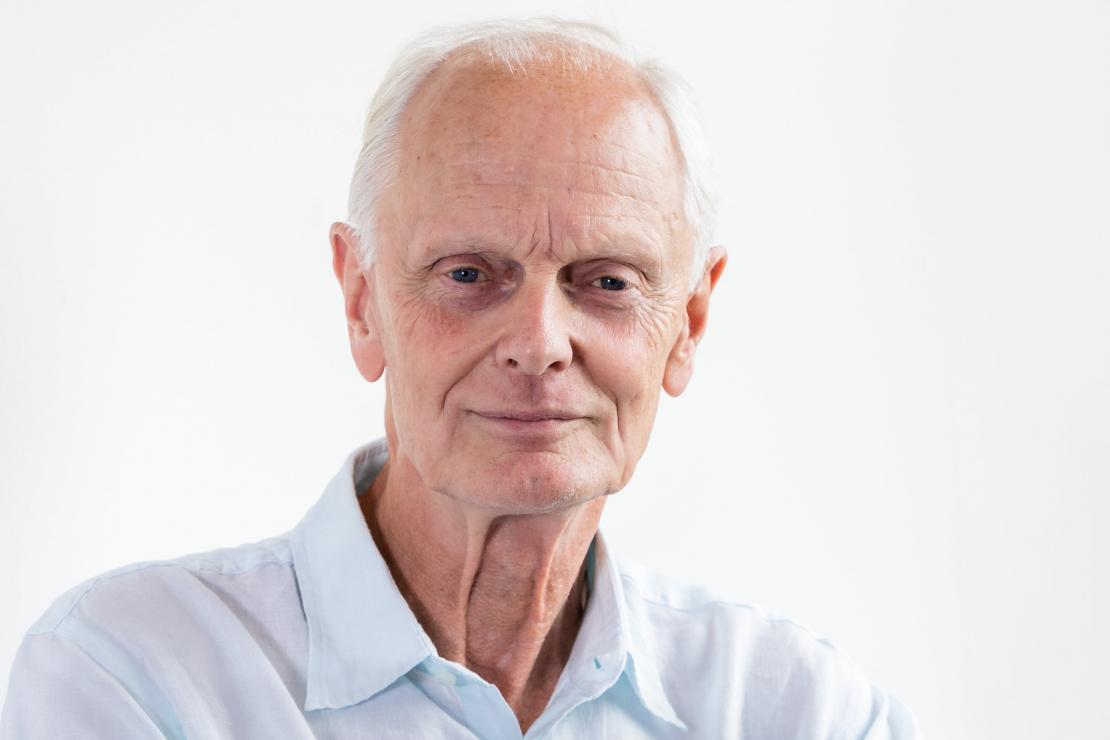
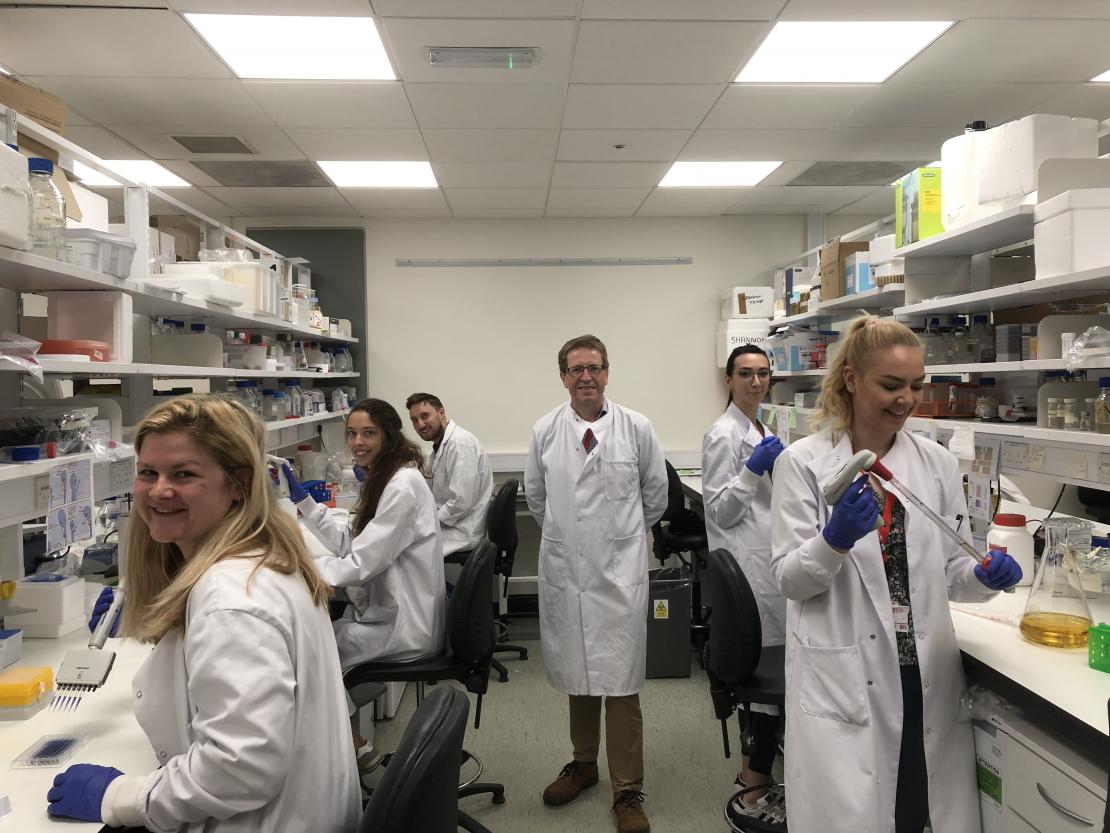
The Challenge
Macromolecules
The team
Magic
Team lead
Terry Rabbitts
The idea
Exploring novel approaches to deliver macromolecule drugs to intracellular targets
Countries
4: UK, Canada, Switzerland, US
Quote
The macromolecules challenge is of such magnitude that we can only work towards it by bringing together renowned experts with an array of skills, ideas and approaches.
Longer summary
Overcoming the macromolecules challenge would make a vast array of proteins involved in cancer newly druggable. Hoping to tackle this is the Magic team – employing protein engineering to boost the potency of intracellular macromolecule drugs and exploring the potential of viruses and novel nanoparticles to aid their delivery. The team also plans to investigate whether these drugs could be engineered to deliver themselves after being administered, without a carrier, via cell surface-targeting or toxin-like mechanisms to cross the cell membrane.
This world-renowned group of technology-focused investigators spans a range of expertise, from cell biology and virology to chemistry and materials engineering. Ultimately, Magic hopes to improve outcomes for people with cancer, and even other human diseases, by opening a new range of macromolecule drugging options.
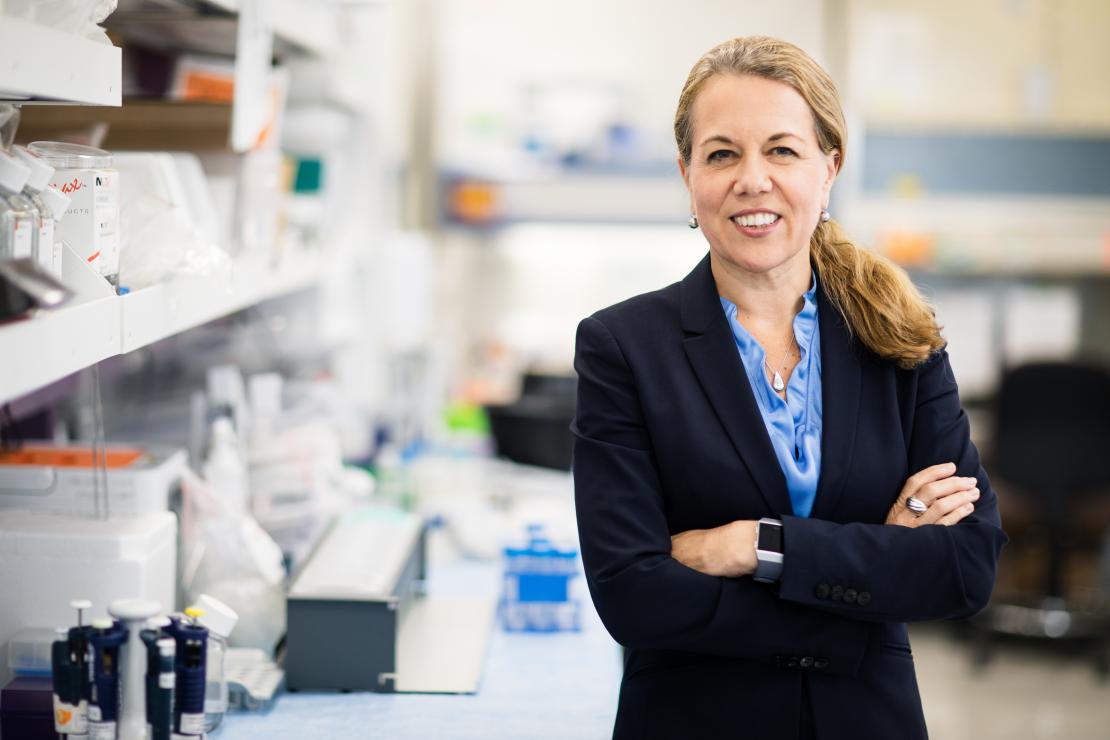
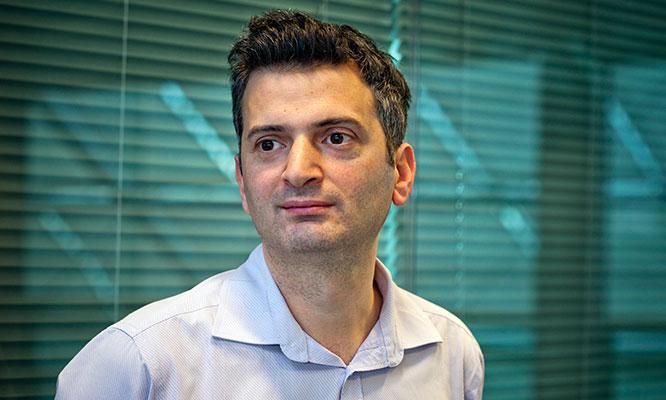
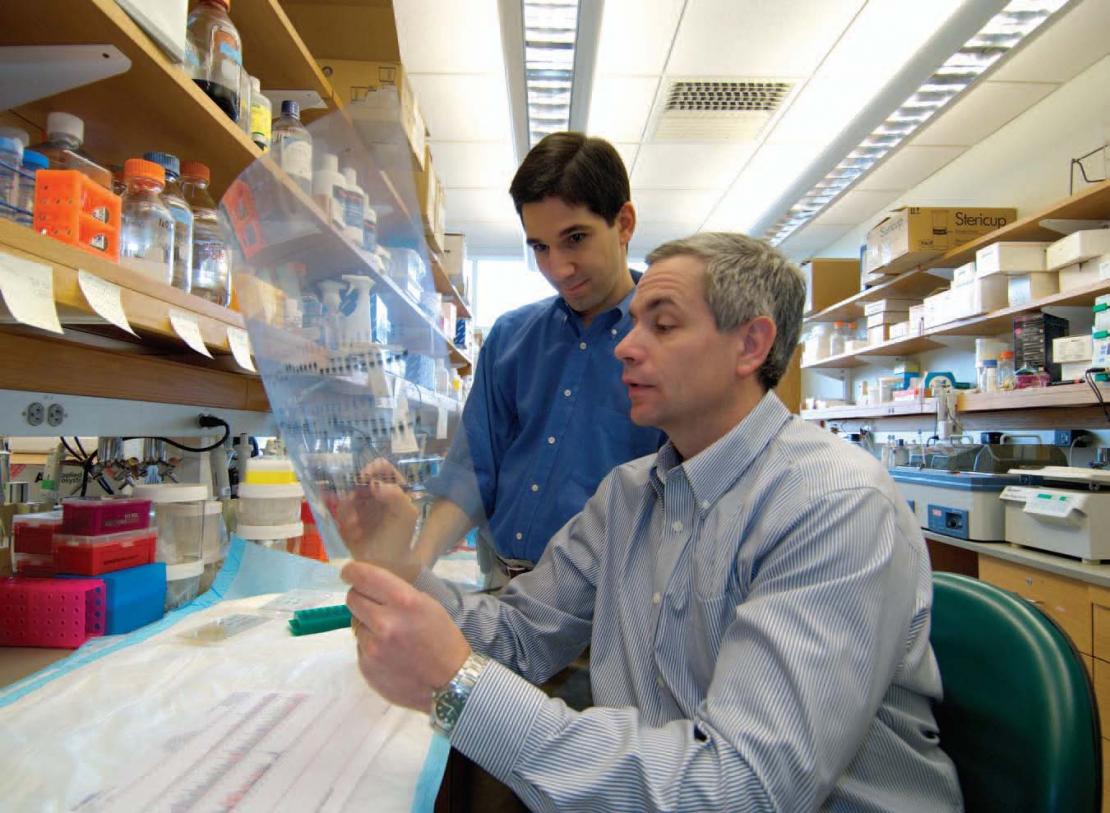
The Challenge
Solid tumours in children
The team
NGTC
Team lead
Martin Pule and Catherine Bollard
The idea
Developing next generation T cell therapies for children with solid tumours
Countries
3: UK, US, France
Quote
We’re tremendously excited to have this opportunity to work together and strive closer to our vision – to improve the lives of the patients we serve.
Longer summary
To develop effective, kinder treatments for children with solid tumours, we must explore new therapeutic approaches. The NGTC team’s vision is to bring engineered T cell therapies to the routine treatment of these children, within a decade.
Through a series of ambitious studies, the team hopes to identify suitable, paediatric tumour-specific targets for engineered T cells (including previously unexplored options like glycolipids or the immunopeptidome). They also hope to explore whether treatment effectiveness can be boosted by modulating the tumour microenvironment – which can inhibit T cell therapies but is yet to be suitably studied in children’s cancers. The team has a strong translational focus and the most promising new treatment avenues would be explored in preclinical and early clinical studies.
Uniting leaders in target identification and the microenvironment with rising stars in the field of modelling and clinical translation, the NGTC team’s novel approach could drive an important leap forward in treating children with solid tumours.